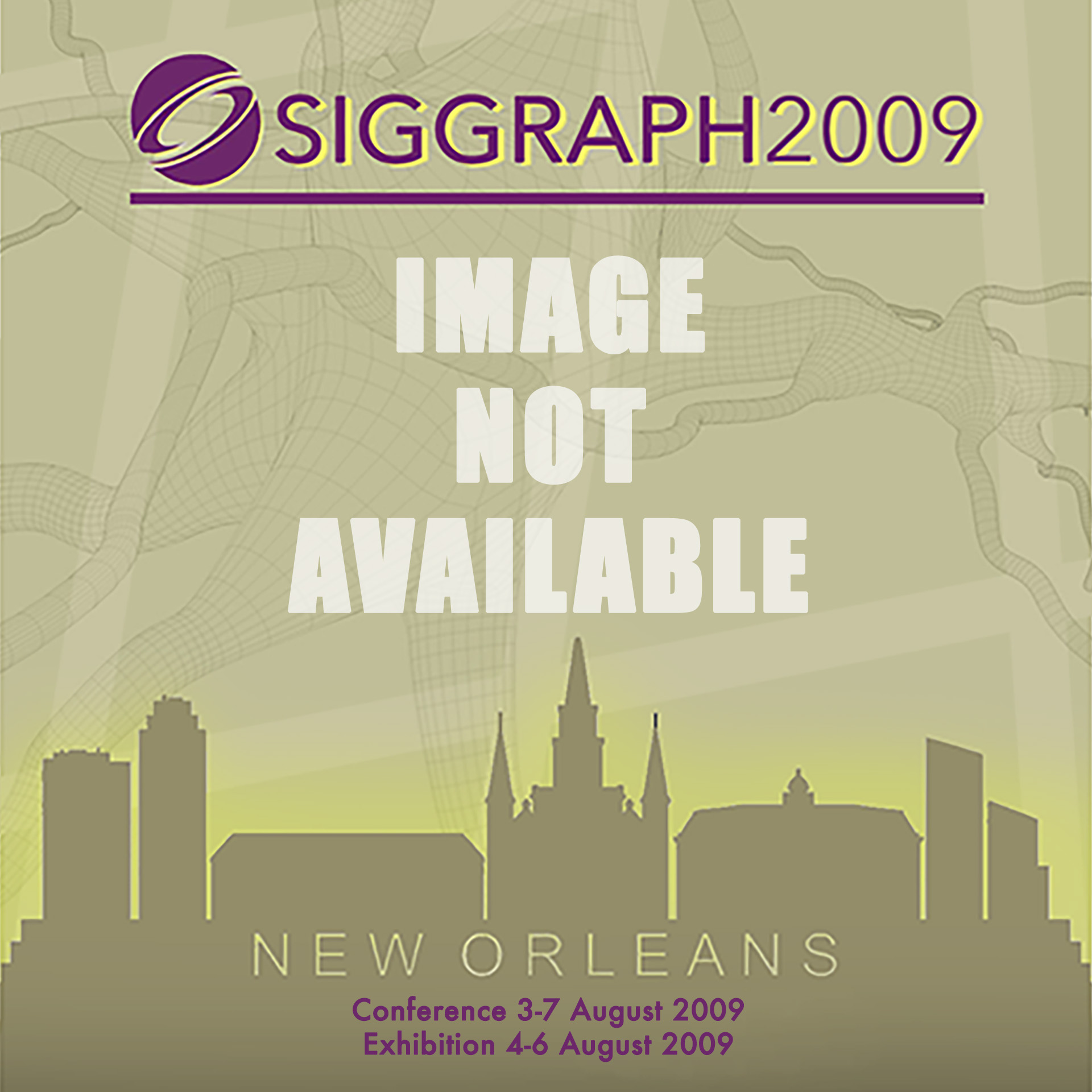“The immersive computer-controlled audio sound theater: history and current trends in multi-modal sound diffusion”
Conference:
Title:
- The immersive computer-controlled audio sound theater: history and current trends in multi-modal sound diffusion
Session/Category Title: Music as Multi Sense
Presenter(s)/Author(s):
Abstract:
Multi-channel sound diffusion has been an essential part of the electronic and computer music performance from the beginnings of the genre in the 1950’s. We see early experimentation in sound spatialization in Varèse’s use of loudspeaker “paths” in Poéme Electronique, Stockhausen’s experiments in quad and cube-based speaker arrangements [Chadabe 1997], and Chowning’s computational approach to sound diffusion in works like Turenas [Roads and Strawn 1985]. Experimentation in the deployment and usage of large arrays of audio loudspeakers is seen in the loudspeaker orchestras the GME-Baphone from Bourges [Clozier 2001], the Acousmonium of Le Groupe de Recherches Musicales in Paris and the BEAST from the University of Birmingham [Harrison 1999]. The use quadraphonic speaker configurations are first seen with Richard Moore’s notion of loudspeakers as “windows” to the virtual world beyond [Moore 1989]. A standard reference for home theater surround sound is seen in the development of standard configurations for multichannel audio in digital video (5.1, 6.1, 7.1, 10.2) [Stampfl and Dobler 2004]. And the recent interest in Ambisonic recording technologies [Malham and Myatt 1995] has furthered the aesthetic goal of an immersive audio environments that place the listener in an alternative sonic world — a “virtual world” created by composers and sound artists. The Immersive Computer-controlled Audio Sound Theater (ICAST, pronounced “eye-cast”) is a project that addresses the various needs of multiple performance modes through a computer-controlled loudspeaker environment that is malleable, adaptable and intuitive. This research explores experimental technologies for audio that go far beyond the conventional surround-sound approaches and allows composers the ability to place sound in any apparent location in a concert hall, as well as manipulate the apparent size of the sound. The system explores new and novel metaphors for sound control using both conventional and unconventional interfaces. ICAST is a hardware and software solution, based on a client-server computer control system, commodity audio interface hardware, and high-quality audio amplifiers and loudspeakers. Our system currently uses 27 discrete audio channels but has the capacity to support 44 channels. We have been using this system over the past four years, with continual development of the software and hardware interfaces. This paper will give a brief history and context to the use loudspeaker arrays and orchestras in electroacoustic music, an overview of the underlying aesthetics of this kind of sound diffusion, as well as describe our research activities and concert experiences with ICAST. We will also explore the concept of “Cinema for the Ears” which has guided us towards new modes of presenting, manipulating and experiencing audio only concerts. This aesthetic engages listeners in a world of real, synthetic, or altered realities where composers manipulate the sonic environment, create musical structures, and explore sounds at a micro-level. What we have learned from this research has applications that go well beyond concert hall performances, and include virtual reality environments, cinema, and video games.
References:
1. Chadabe, J. 1997. Electric sound: the past and promise of electronic music. Prentice Hall.
2. Clozier, C. 2001. The gmebaphone concept and the cybernéphone instrument. Computer Music Journal 21, 4, 81–90.
3. Harrison, J. 1999. Diffusion: theories and practices, with particular reference to the beast system. eContact 2.4 (9).
4. Malham, D. G., and Myatt, A. 1995. 3d sound spatialization using ambisonic techniques. Computer Music Journal 19, 4, 58–70.
5. Moore, F. R. 1989. A general model for spatial processing of sounds. In The Music Machine, C. Roads, Ed. MIT Press.
6. Roads, C., and Strawn, J. 1985. Foundations of Computer Music. MIT Press.
7. Stampfl, P., and Dobler, D. 2004. Enhancing three-dimensional vision with three-dimensional sound. In SIGGRAPH Proceedings.





